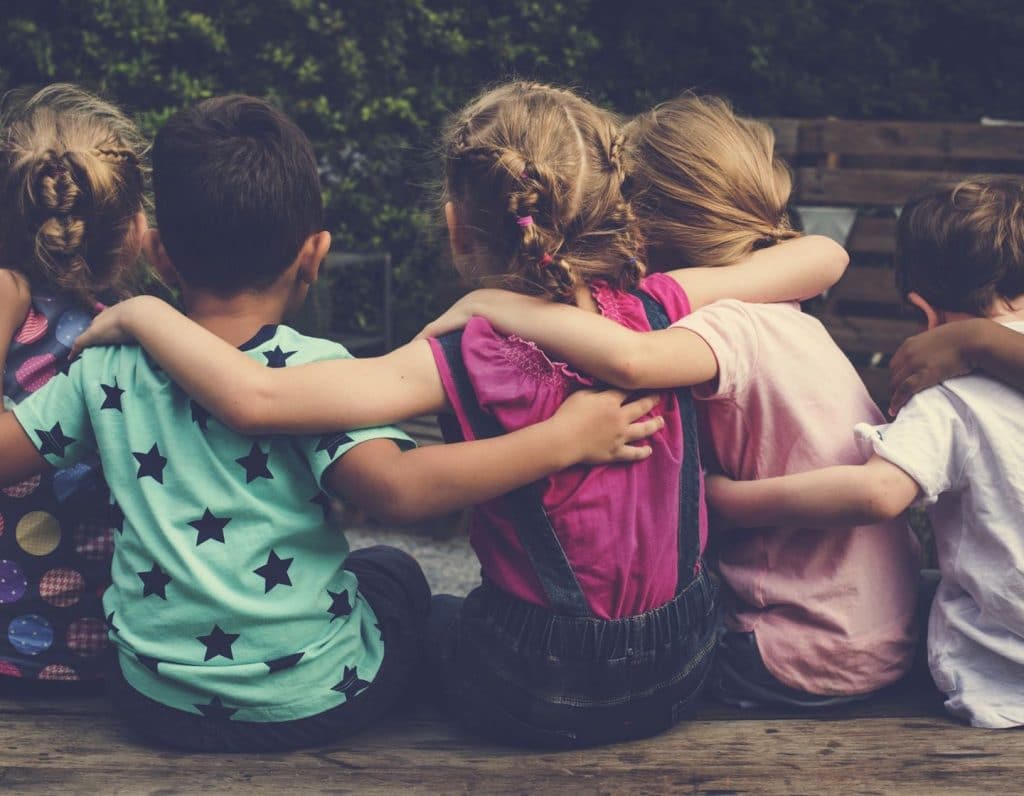
If we want our children to be attuned to their bodies and respect other people’s bodies, we have to start by respecting that their ‘no’ means ‘no’. Here’s why you shouldn’t force kids to give hugs and how to teach kids about consent
Respectful parenting expert Li Ling Phua, Director of Chapter Zero Singapore, explores how parents, educators, and other adult caregivers can teach children about consent, body positivity, and how to raise emotionally healthy children.
Teach children about consent
Some time ago (pre-COVID-19), I had dinner with a friend and his cousin whom I had never met before. Dinner was pleasant; we shared good food and exchanged stories. When it came time to leave, my friend’s cousin asked if he could give me a hug. I barely knew the person, and didn’t feel comfortable giving him a hug, so I politely refused. He was visibly disappointed and tried again, “Can I give you just one hug? Come on.” And again, “How about if I buy you a drink? If you give me a hug, I’ll buy you a drink.”
Feeling very uncomfortable by this point, I moved closer to my friend for assistance but he pushed me closer to his cousin while saying, “It’s just one hug. He will buy you a drink.” Feeling helpless, very confused, and just tired of this whole situation, I reluctantly gave him a hug. He squeezed me tightly, joked about not letting me go and laughed because he thought it was funny.
How did you feel while reading my encounter? Did you feel annoyed because you wished for my choice to be respected? Perhaps you thought my friend’s cousin should have just backed off and taken ‘no’ as an answer. Or you thought my friend should have stood by me and supported my decision. Maybe you wished I had been steadfast in refusing the hug and had called out the man’s behaviour as disrespectful and offensive.
If you were put off by reading my experience, the good news is this didn’t really happen to me. The bad news is that it happened to my friend’s 5-year-old son, whose father’s cousin wanted to buy him ice-cream in exchange for a hug. Does this change anything for you?
Read more: Parenting Advice for Modelling Body Positivity
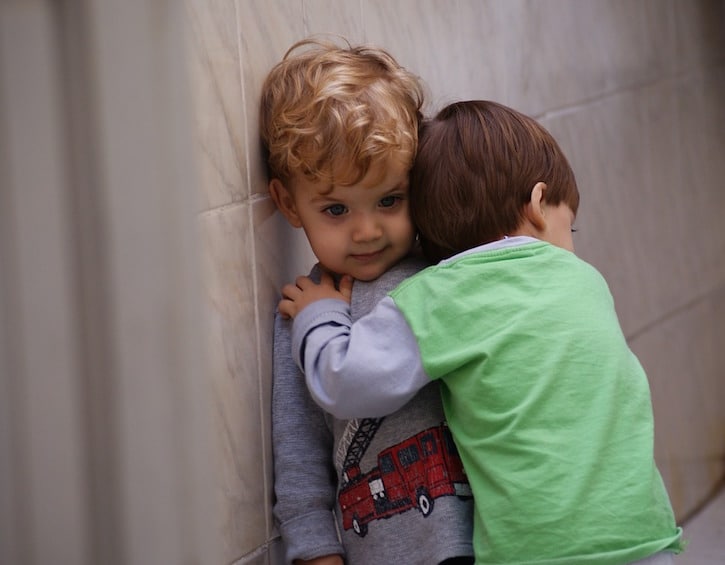
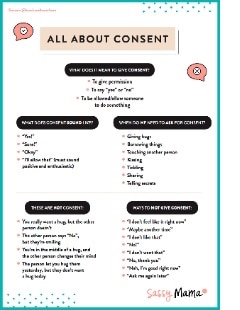
We see this same scenario happening for children frequently and may nary bat an eyelid. We might have even played the role of the ‘cousin’ in my story, asking for a hug and promising the child candy, chocolate, ice-cream, or a gift. Maybe we’ve been in the shoes of the ‘friend’ in my recount, gently nudging the child to accept a hug or kiss because we’re feeling slightly embarrassed that our child isn’t complying and may be seen as being … disrespectful. When adults coax, bribe, or coerce another adult into returning hugs or kisses, most of us will rightfully identify them as being repulsive and disrespectful. But when young children refuse to give hugs or kisses to adults, many people see the child instead as being impolite or lacking in manners.
When we force children to acquiesce to adults’ requests despite their uneasiness and refusal, regardless of whether it’s another child, a stranger, a family friend or grandma, we repeatedly send children the message that appeasing other people’s requests for hugs and kisses trumps our discomfort, and it is acceptable for people to hear ‘no’ as ‘maybe’. If we want our children to be attuned to their own bodies and instincts, and raise them to respect other people’s bodies and their wishes, we have to start by respecting that their ‘no’ means ‘no’.
The next time we notice children and infants squirming or turning away from a request for a hug or a kiss, we could respond by acknowledging the child’s feelings and need for safety. If we’re worried that children who are not made to give hugs or kisses will grow up to be impolite and uncourteous, remember that there are contact-free alternatives for greetings. Offer children options that they may be more comfortable with such as a wave, a flying kiss or a verbal greeting. For very young children who refuse these choices, we can greet the person on their behalf.
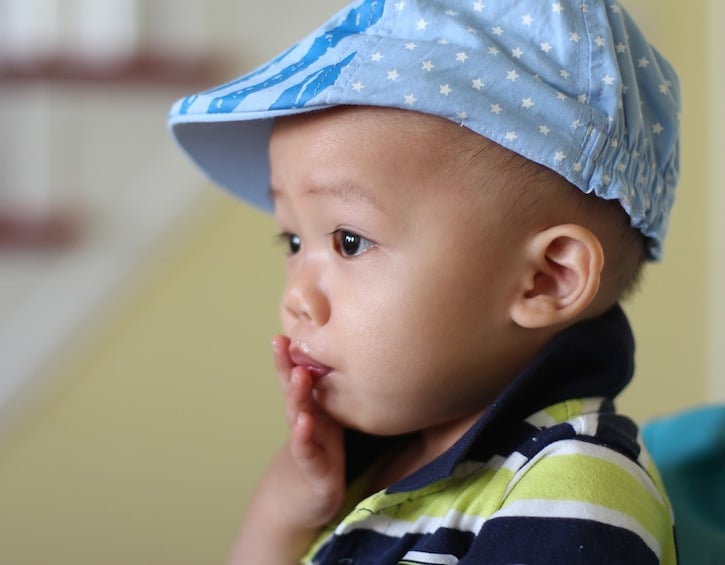
After all, values are caught and not taught. This means that the best way to teach our children to be courteous is to model it ourselves. We say ‘hello’, ‘goodbye’, ‘please’, ‘thank you’ and ‘sorry’ to family and friends, to anyone we interact with, and most importantly, to our children. Children whose main caregivers speak to them respectfully and who see their caregivers communicate politely with others are likely to adopt this manner of being in their own time.
Regardless of gender, we model consent from birth. With very young babies, we inform them before we pick them up, and talk them through the process during care moments such as diapering and bathing. As children get older and start to engage in rough and tumble play with parents or friends, we agree to stop whenever someone says “stop” or “no”, or when it looks like the other person is no longer having fun. We teach children to be sensitive to others so that even if they might think it’s funny or playful to call someone a name or pull their ponytail, as long as it looks like the other person isn’t having fun, we stop, without exception.
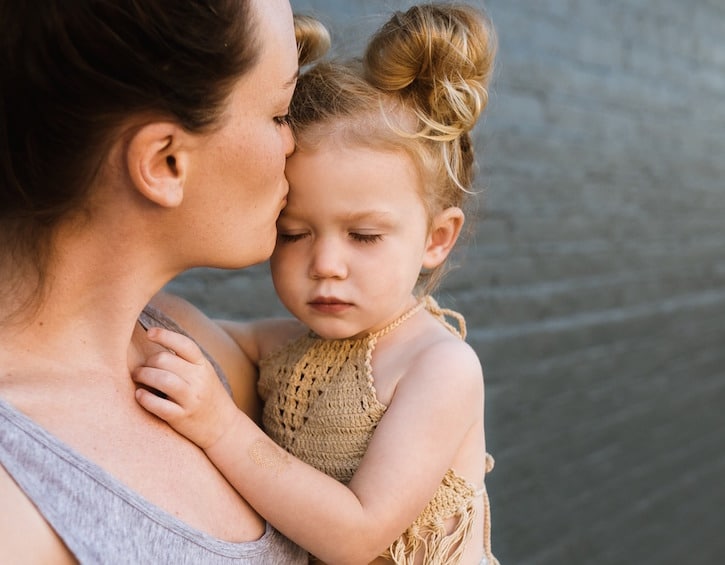
When our preschoolers or toddlers climb on our backs or stand on our laps, we may also talk to them about consent and remind them that we would prefer to be asked first. In the same vein, tell children it’s okay to turn down a friend’s request to hold hands, and give them the words to do so politely. The earlier we start modelling consent and talking about it to our children, the easier it will be for them to integrate it in their lives.
While we cannot protect our children from every source of danger, teaching them consent can empower them with the courage and intuition to say no when anyone touches them in a way that makes them uncomfortable. We can raise children who will protect themselves and the people around them from sexual harassment and assault.
Apart from teaching children the importance of consent, we want to send them the message that they can confide in us no matter what. In part two of the series, we’ll explore body positivity and why teaching it to children prevents them from feeling shame, and fear about talking to their parents about their bodies.
Thanks Li Ling! Stay tuned in the coming weeks for follow-up posts on children’s emotional health and promoting body positivity (including issues around nudity). In the meantime, be sure to check out Chapter Zero Singapore, either online or on Facebook, for information on workshops, play dates, and more, and to connect with like-minded friends and obtain advice!
Read more: How to Reason with Toddlers and Babies
This article was written in 2019, pre-COVID-19.






 View All
View All





 View All
View All








 View All
View All






